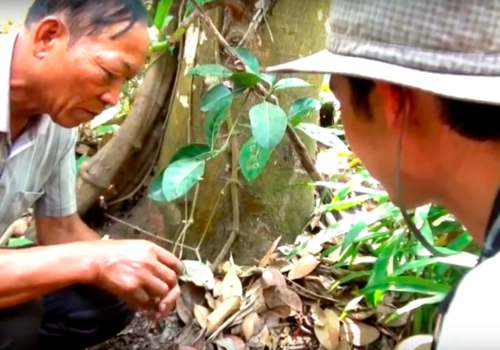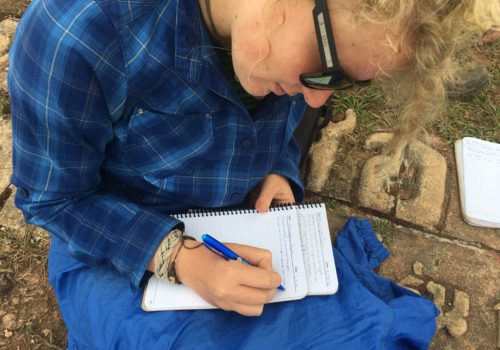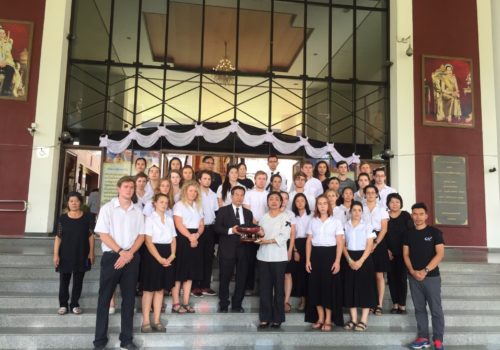In the US for a few weeks, and got the chance to visit a local farmer’s market in Wheaton, IL. As always, a great place to see what is going on with food, agriculture and sustainability in the United States.
Lots of people there, lots of local fresh produce, artists selling crafts, small scale crafters of food (cheese, pickles, etc.) and the local color you get from this sort of community event.
A hi-light was talking with Michelle from Three Cowgirls 100% Grass-Fed Beef (see the on the web or Facebook). Her family has a farm in South Dakota that is a great example of the best in sustainability — family owned, organic, sustainable, and working with animals in a humane and sustainable way.
If you’ve read Omnivore’s Dilemma or seen Food, Inc. , you’ve read about the struggle small farmers have gone through to bring real food to the table — not the over industrialized products stuffed with corn and hormones that passes for food, and is correctly identified as unsustainable and ecologically harmful.
Like Joel Salatin of Polyface Farms, Three Cowgirls practices farming as it should be — sequestering carbon in the soil and grasses, and working with the ecosystems of fields and grasses rather than against them. The beef doesn’t just taste better, but is higher in Omega 3s and is free of the hormones and other additives (including the effects of stress) that industrial animal production creates.
Here are some thoughts from Joe Salatin from Yes! Magazine:
I think we need to go back to localized diets, and in North America, yes, we can really grow perennials, so there would be a lot of herbivore—lamb, beef—in a diet. And our fruits and vegetables, which have a high water content, would be grown close to home, preferably in our backyards. In 1945, 40 percent of all vegetables consumed in the United States were grown in backyards.
I think a local diet would have an indigenous flair. If you’re along the coast, you’d eat more seafood. If you’re inland, you would eat more herbivore and vegetables. If you’re in Florida, you would eat more citrus. Historically, it’s not about the relationship of meat to vegetables or whatever. It’s more about, what does this area grow well with a minimum of inputs?
So we bought some steaks, happy to support a family farm practicing sustainable farming, and happy to have a chance to enjoy grass fed beef. Thanks Michelle!
UPDATE: The steaks were outstanding!




